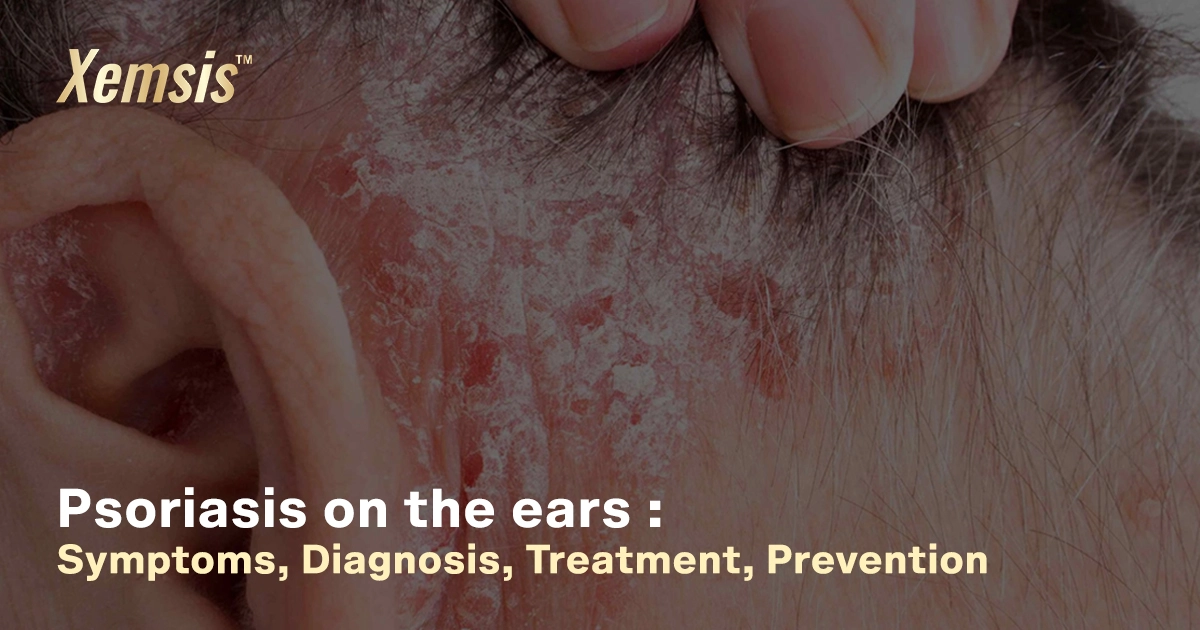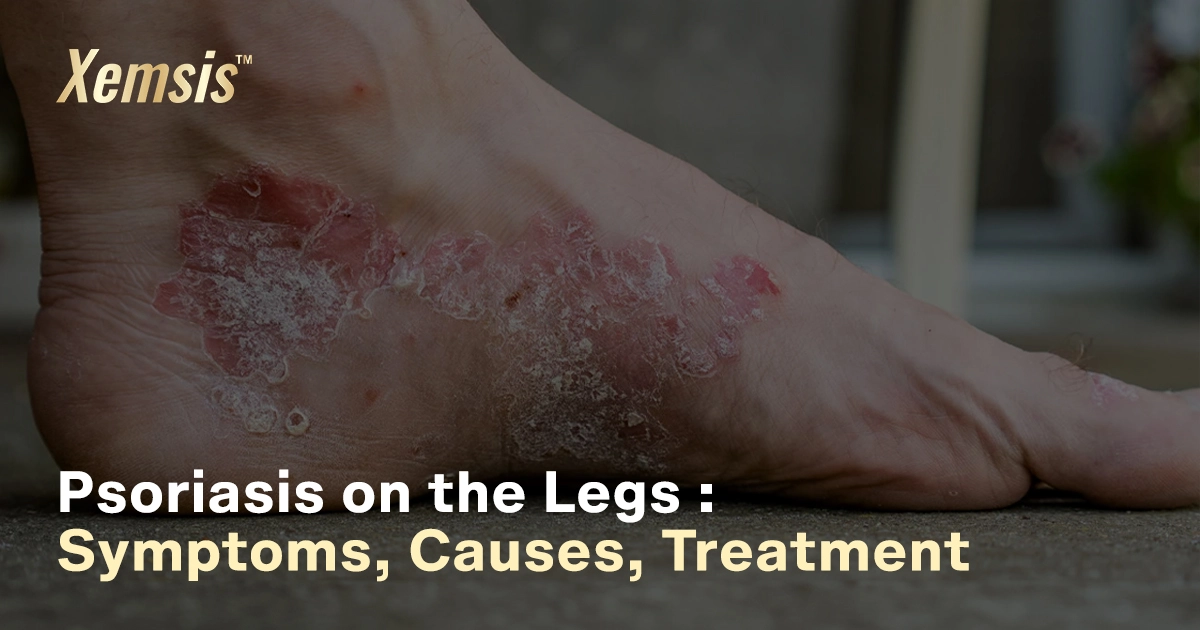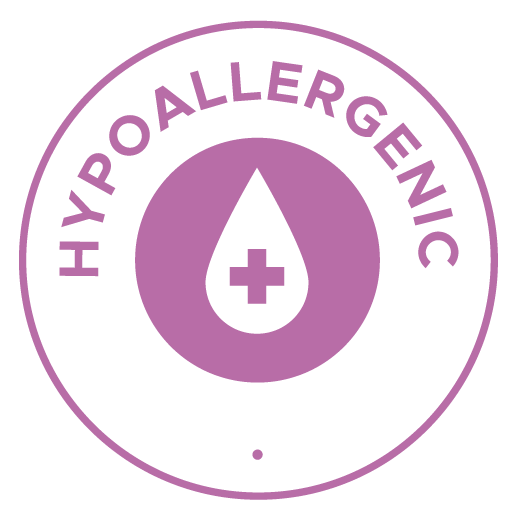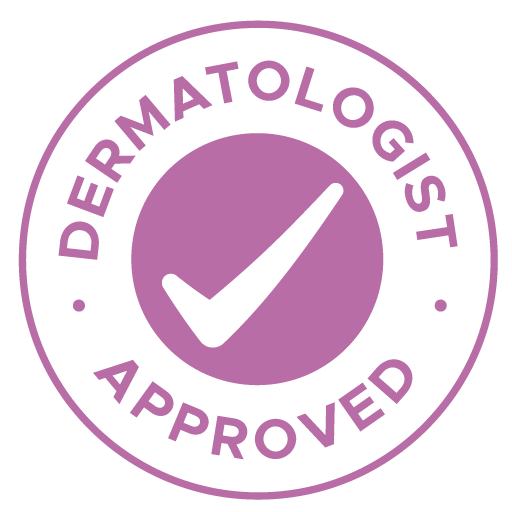 CategoriesPsoriasis Treatment
CategoriesPsoriasis TreatmentWhat is plaque psoriasis?
Ready to know about what plaque psoriasis is? Hope most people are aware of this, let me explain these in detail so that everyone can knew what it is and how they can cure it.It is estimated that between 80% and 90% of psoriasis sufferers have plaque psoriasis, which is the most prevalent kind of the disease. The physical and psychological consequences of having plaque psoriasis make daily living difficult. Plaque psoriasis, however, has no known cure. To control psoriasis, however, and lessen the frequency and intensity of flare-ups, a variety of efficient treatment alternatives are available.
Plaque psoriasis can manifest anywhere on the body, yet it tends to exhibit its most pronounced symptoms on areas like the scalp, back, knees, and elbows. These regions often serve as initial sites for plaque development in many patients. However, psoriasis can extend to various other body parts, including the trunk, hands and feet, armpits, groin, and genital area.It’s important to recognize that the impact of plaque psoriasis extends beyond the skin’s surface. Patients experiencing severe flare-ups of skin-related symptoms are likely to also endure more pronounced whole-body health issues. Thus, addressing both the visible symptoms and underlying health concerns is crucial for comprehensive psoriasis management.
Lets see some types of plaque psoriasis:
- Small plaque psoriasis: Defined by several tiny skin lesions, usually smaller than a few centimetres in diameter. These lesions could combine to form bigger clusters, or they might stay apart having a pink colour and a thin crust on top.
- Big plaque psoriasis: Clusters of thick, massive lesions with red surfaces and silvery-white scales
- Unstable plaque psoriasis: Defining borders are missing from lesions that tend to meld together to generate greater areas of skin damage.
- Psoriasis with stable plaque: Consists of enduring lesions that may occasionally vanish and then resurface, frequently brought on by specific stimuli.
While it’s important to recognize the potential triggers for plaque psoriasis flare-ups, taking preventative action can greatly lessen their frequency and severity. It’s important to protect the skin from the cold by donning warm garments and limiting time spent in cold temperatures. Furthermore, using moisturisers and humidifiers to battle dry weather and low humidity contributes to the maintenance of healthy skin. While moderate sun exposure can lessen symptoms, using sunscreen is essential while engaging in prolonged outdoor activities to avoid sunburns.
Furthermore, psoriasis exacerbations can be avoided by rapidly treating skin lesions like burns or cuts. Lastly, leading a healthy lifestyle that includes stress management, eating a balanced diet, exercising frequently, and getting enough sleep will all help reduce the chance of flare-ups from psoriasis. Incorporating these preventive measures into daily routines can effectively manage plaque psoriasis and improve overall quality of life.
Plaque psoriasis symptoms
Scaly, silver-white skin patches are the most typical sign of plaque psoriasis. Additional signs and symptoms could be discomfort, skin irritation, skin cracks, itching, and bleeding.
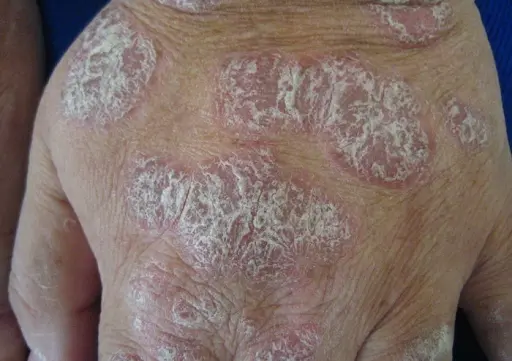
Image getty : https://www.psoriasis.org/
Can plaque psoriasis be prevented?
Of course, we can have a solution to treat these plaque psoriasis with our xemsis ointment. It heals and makes your normal skin back in just 7 days. While applying it regularly day by day you can start seeing the results on the 3rd day of application itself. This Ointment is meticulously formulated to target plaque psoriasis symptoms, providing relief from discomfort and restoring your skin’s health. Our unique blend of ingredients works synergistically to soothe inflammation, reduce redness, and alleviate scaling, leaving your skin feeling smooth and revitalised.
Finally, people who have plaque psoriasis need not worry about it, you have the best solution to reduce and regain your skin back normally. But consistent application helps you to retain everything back to normal. Consistency is key on this journey to skin rejuvenation. By diligently applying our ointment, you empower yourself to reclaim control over your skin health. Each application brings you one step closer to renewed confidence and comfort, as you witness the transformative effects of our advanced formula.


